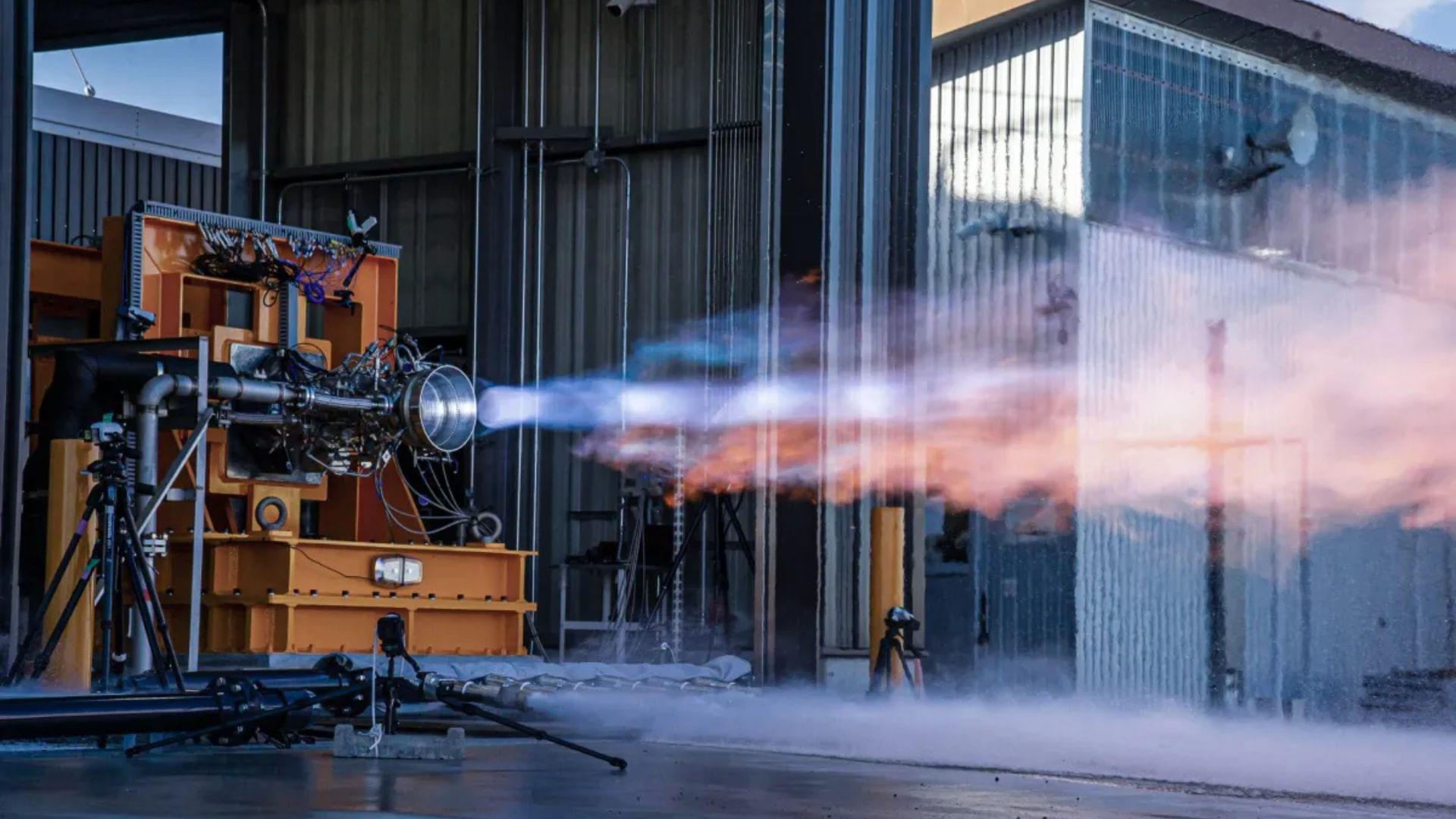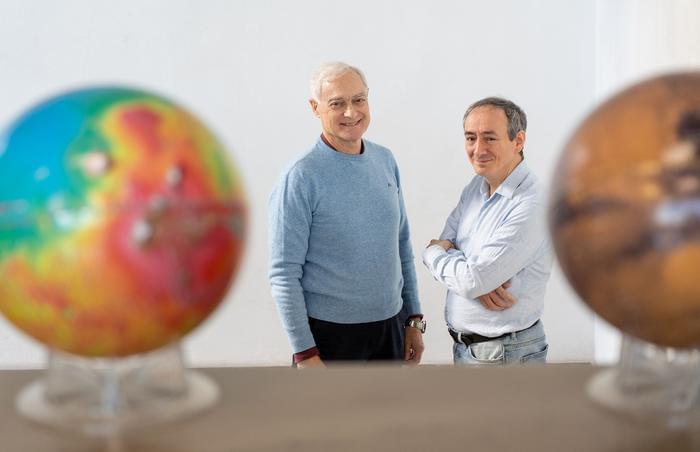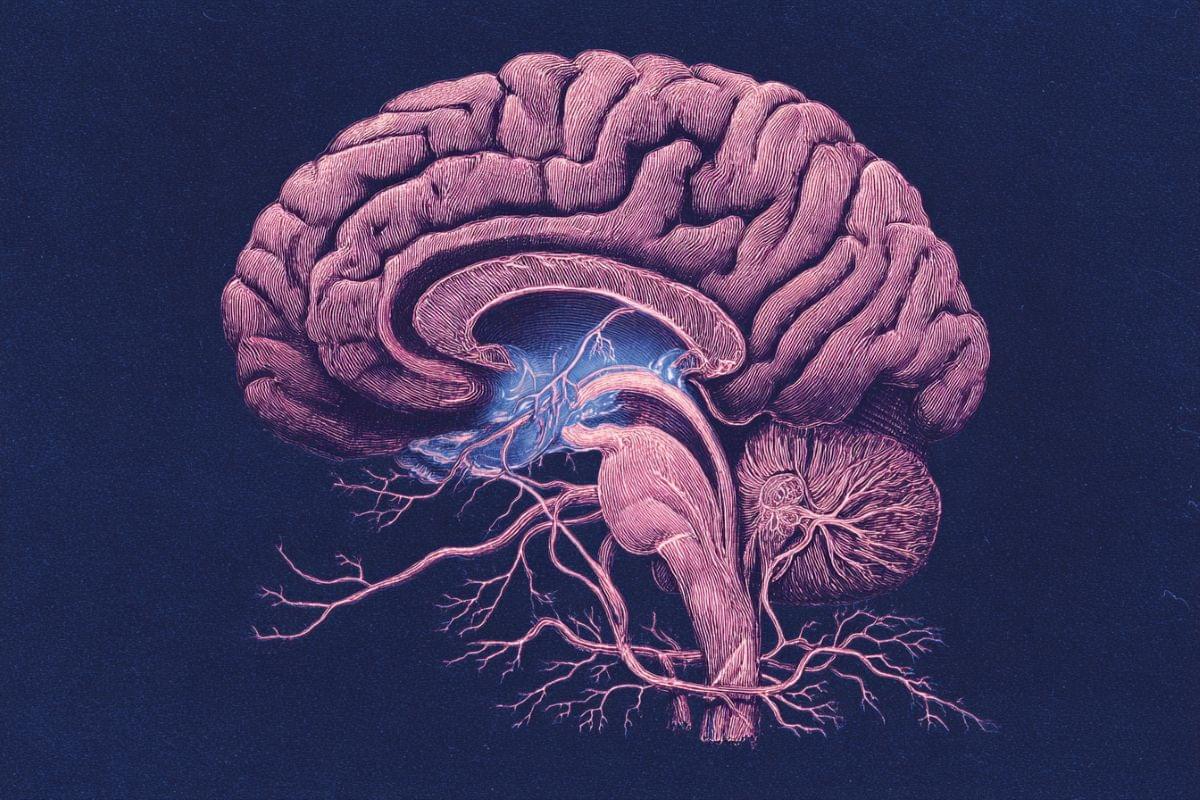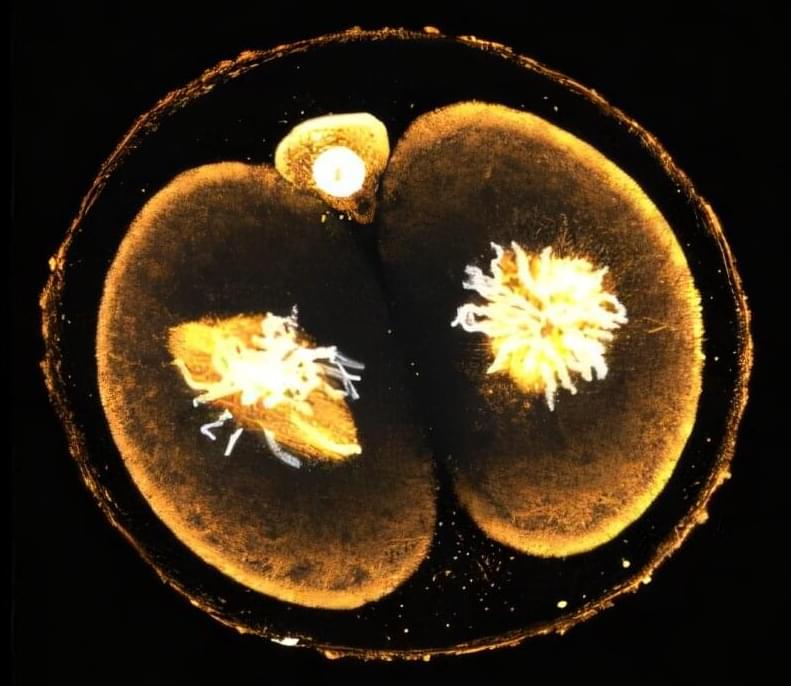Solar-powered catalyst converts methane into valuable ethylene, offering a cleaner, low-cost pathway for emissions-heavy industries.


Use code sabine at https://incogni.com/sabine to get an exclusive 60% off an annual Incogni plan!
I want to read you an email that I was asked to keep confidential because I think it explains some of my worries about academia.
The Nature Physics comment is here: https://www.nature.com/articles/nphys4079
I knew that physicists would go on to argue I should have tried to solve the problem internally (within the community) before drawing public attention to it. The reason I published this comment was so that I could later demonstrate that I did this. This is why it’s a paywalled publication that you don’t find on the arxiv. But just by accident and totally unrelated here is another link:
https://www.dropbox.com/scl/fi/5o31k2jovu4nmyy219tzh/nphys40…22uph&dl=0
🤓 Check out my new quiz app ➜ http://quizwithit.com/
The brain goes through five distinct phases in life, with key turning points at ages nine, 32, 66 and 83, scientists have revealed.
Around 4,000 people up to the age of 90 had scans to reveal the connections between their brain cells.
Researchers at the University of Cambridge showed that the brain stays in the adolescent phase until our early thirties when we \.

Scientists have discovered that a single gene, GRIN2A, can directly cause mental illness—something previously thought to stem only from many genes acting together. People with certain variants of this gene often develop psychiatric symptoms much earlier than expected, sometimes in childhood instead of adulthood. Even more surprising, some individuals show only mental health symptoms, without the seizures or learning problems usually linked to GRIN2A.
Second Variety audiobook.
by Philip K. Dick (1928 — 1982)
First published in Space Science Fiction May 1953. “The claws were bad enough in the first place—nasty, crawling little death-robots. But when they began to imitate their creators, it was time for the human race to make peace—if it could!” When future war becomes so horrific that humans turn to machines and computers to design ways to kill each other strange things may happen. And do in this classic Philip K. Dick story!(summary from the story blurb and Phil Chenevert)
An exploration of the mystery of the impossible neutrino detection and how that might be our first direct detection of dark matter.
My Patreon Page:
/ johnmichaelgodier.
My Event Horizon Channel:
/ eventhorizonshow.
Music:



As nearly one in six couples experience fertility issues, in-vitro fertilization (IVF) is an increasingly common form of reproductive technology. However, there are still many unanswered scientific questions about the basic biology of embryos, including the factors determining their viability, that, if resolved, could ultimately improve IVF’s success rate.
A new study from Caltech examines mouse embryos when they are composed of just two cells, right after undergoing their very first cellular division. This research is the first to show that these two cells differ significantly—with each having distinct levels of certain proteins.
Importantly, the research reveals that the cell that retains the site of sperm entry after division will ultimately make up the majority of the developing body, while the other largely contributes to the placenta. While the studies were done in mouse models, they provide critical direction for understanding how human embryos develop. Indeed, the researchers also assessed human embryos immediately after their first cellular division and found that these two cells are likewise profoundly different.

Most of us first hear about the irrational number π (pi)—rounded off as 3.14, with an infinite number of decimal digits—in school, where we learn about its use in the context of a circle. More recently, scientists have developed supercomputers that can estimate up to trillions of its digits.
Now, physicists at the Center for High Energy Physics (CHEP), Indian Institute of Science (IISc) have found that pure mathematical formulas used to calculate the value of pi 100 years ago has connections to fundamental physics of today—showing up in theoretical models of percolation, turbulence, and certain aspects of black holes.
The research is published in the journal Physical Review Letters.